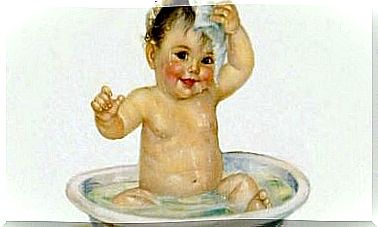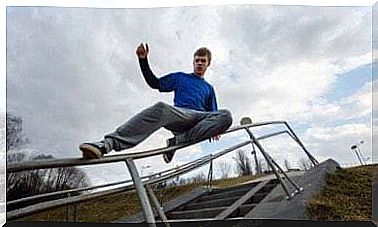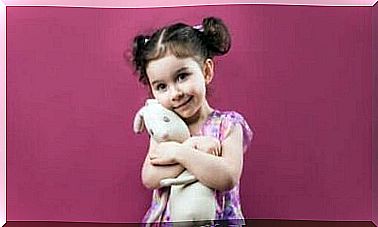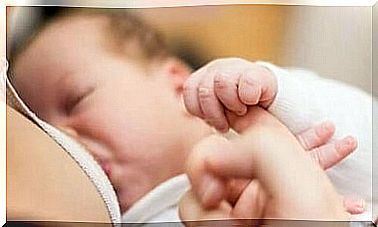Insecure Attachment: Characteristics And Consequences

There are many studies that link insecure attachment and dysfunctional behaviors, regardless of what stage of life an individual is in. According to Bowlby (1958), the child needs to be close to figures that provide him with everything he needs for his survival, at least until he can stand up for himself.
As a consequence of the closeness and control that the child exercises over these individuals, a bond of adaptation is created. Bowlby explains that a person establishes an attachment when, in safe situations, he seeks contact with a figure who can protect him in the best way.
The creation of the bond of adaptation
The way in which we establish the bond of adaptation develops, regulates and varies over the course of life according to the experiences we have. However, the most critical period is childhood when beliefs are formed about:
- The idea we have of ourselves.
- What are our attachment figures.
- What can we expect, or think we deserve from others.
Pankseep (1998) argued that attachment is regulated by a neurobiological system that is activated by the different sensory systems: the vestibular system (position and balance) and by the hypothalamic sensors of temperature and appetite.
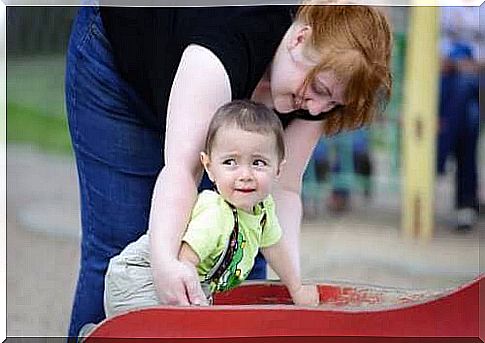
These sensors allow us to identify a reference figure and trigger unpleasant responses when we separate from this person. This process would be regulated by oxytocin, prolactin and endorphins.
Moriceau and Sullivan (2005) concluded that attachment would be produced by the activation and structural modification of the olfactory bulb. The nervous system would adapt to the environment the baby is in. This would be possible due to:
- Postnatal development of noradrenergic fibers from the locus coeruleus (McLean and Shipley, 1991).
- Immaturity of the amygdala and the hypothalamus-pituitary-adrenal axis (Jakubs, & Sullivan, 2009).
The consequences of insecure attachment
This pattern of adaptation will develop in people whose parents:
- They were not emotionally available.
- They ignored the child’s requests for help.
- They were unable to meet their children’s needs.
- They have established contradictory, chaotic and unstable relationships.
Due to these shortcomings, the child tries to adapt to the situation. Depending on the tools he develops, two types of attachment can be shown:
- Insecure-avoidant attachment: in which he will try to minimize contact with parents. The little one has learned that he cannot rely on anyone and that he must be self-sufficient.
- Anxious-ambivalent insecure attachment: characterized by the incessant search for the attention of others. As the relationship has become unpredictable, the child does not understand what to do and how to behave.
Both types of attachment have consequences (even serious ones) which can be:
- Psychological and personality disorders : depression, obsessive-compulsive disorder, borderline disorder, etc.
- Addictive behaviors.
- Emotional imbalances.
- Perfectionism (in a negative sense) and a sense of ineffectiveness.
- Suicide.
- Etc.
Characteristics of insecure-avoidant attachment
- Analytical thinking, avoiding emotional involvement.
- Apparent disinterest in relationships with others.
- Social closure and tendency to individualism.

- Avoid situations that involve some level of intimacy.
- In the infant stage, it can go unnoticed and not cause particular problems in academic performance. But when you reach adolescence, a decline in performance can occur.
- Possible difficulty in controlling aggression which causes outbursts of anger and rage.
- Possible inability to organize everyday life.
Characteristics of anxious-ambivalent insecure attachment
- Continuous requests for attention, through destructive behavior or emotional blackmail.
- Idealization of others. The subject may feel frustrated because he does not see his needs met and may belittle those he admired.
- Obsessive worry of knowing if others admire him, love him or need him. Especially if they are significant figures.
- Emotional ambivalence and anxiety.
- Problems in learning and attention deficit.
- Tendency to ignore the needs of others, focusing only on their own.
- Difficulty in taking the blame always holding others responsible. Tendency to distort situations.


